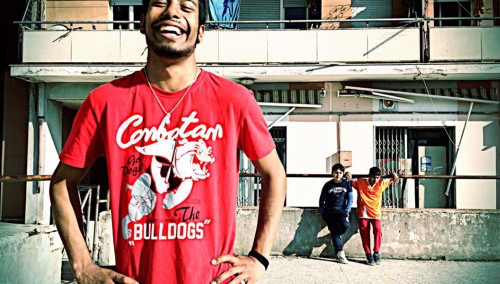Architecture and Society 2016
The preamble of the draft contract for a European constitution, which appeals to the will of the people to overcome old oppositions and create their fate together, seems like a utopian wish list in light of the lack of solidarity among some European countries regarding the current issues of asylum policies. It is thus all the less surprising in this context that the contract for a constitution for Europe, signed in 2004 by all EU member states, has not come into effect up to the present.
By engaging with the fundamental questions of living together and directing attention to the details, this year the program section Architecture and Society dares to draw a picture of Europe: in the mirror of current sociopolitical realities three remarkable documentary works and an extraordinary feature film provide insights into different European small communities. Situated primarily in a rural context, the assembled films offer a multifaceted account of a Europe of the province – of the oppositions and prejudices found there as well as of the timid attempts to approach one another – of repression, intolerance, and narrow-mindedness as well as of the attempts of individuals to resist that.
The documentary film The Érpatak Model by the Israeli- Dutch filmmaker Benny Brunner leads us into a village in the far north-eastern region of Hungary, where the mayor, an avowed right-wing extremist, has prepared authoritarian regulations to discipline the population. The small Finnish community of Erajöki decided in favor of the construction of the first nuclear power plant in Western Europe after the Chernobyl disaster (1986). In their documentary long-term study The Return of the Atom the filmmaker and visual artist Mika Taanila and the cameraman Jussi Eerola observe the life of the village community in the face of the constantly growing construction of the power plant. In her documentary film The Strange Woman – Winter Journey to Flossenbürg, the young German director Bettina Büttner traces the life of a small Bavarian community on the basis of a portrait of one woman living in the village. A high-rise inhabited exclusively by asylum-seekers on the outskirts of a small Italian town is the setting for Homeward Bound – Sull a strada di casa. Together with his protagonists, a group of young people living there, the Italian cultural anthropologist and documentary filmmaker Giorgio Cingolani developed the screenplay for a film that tells of the everyday life of teenagers between exclusion, boredom, and hope.




